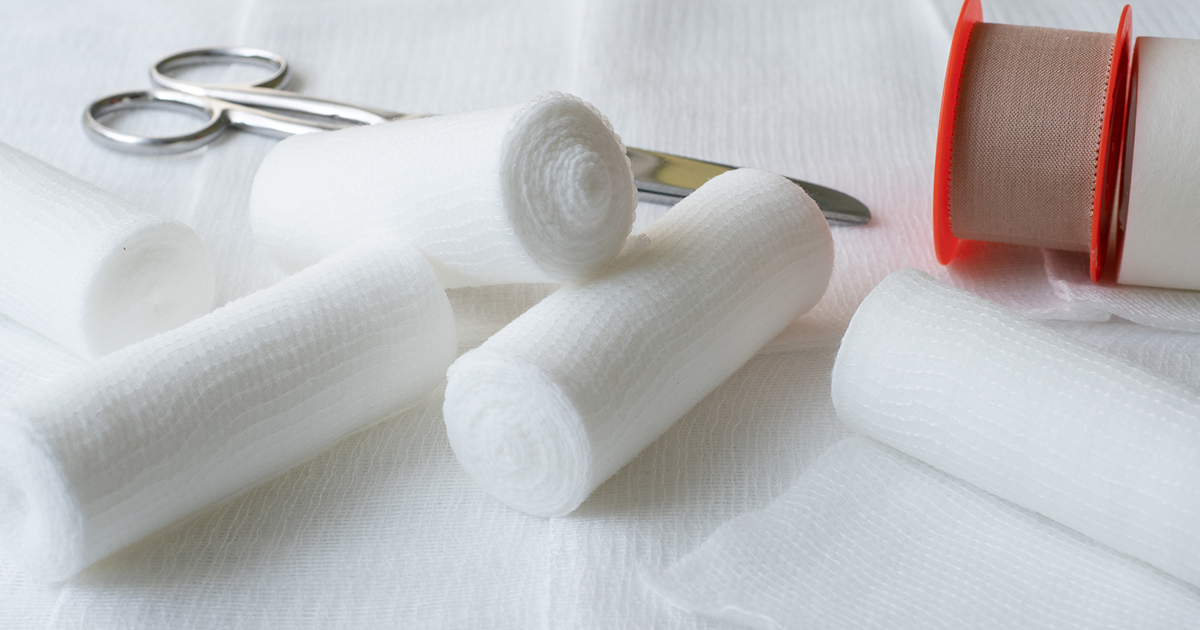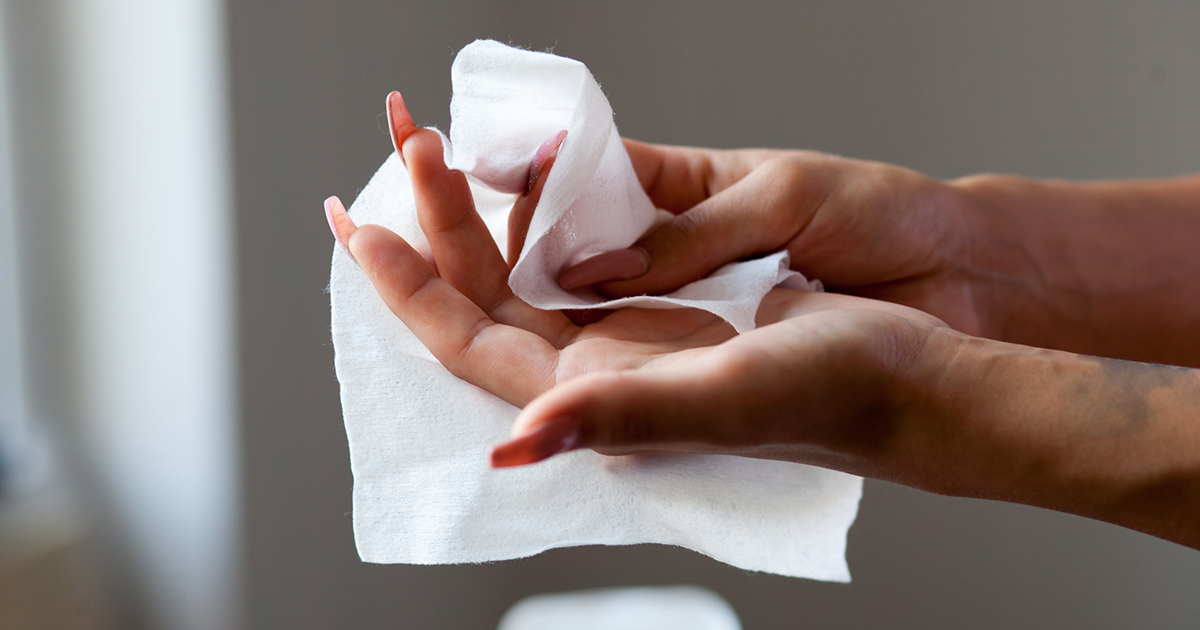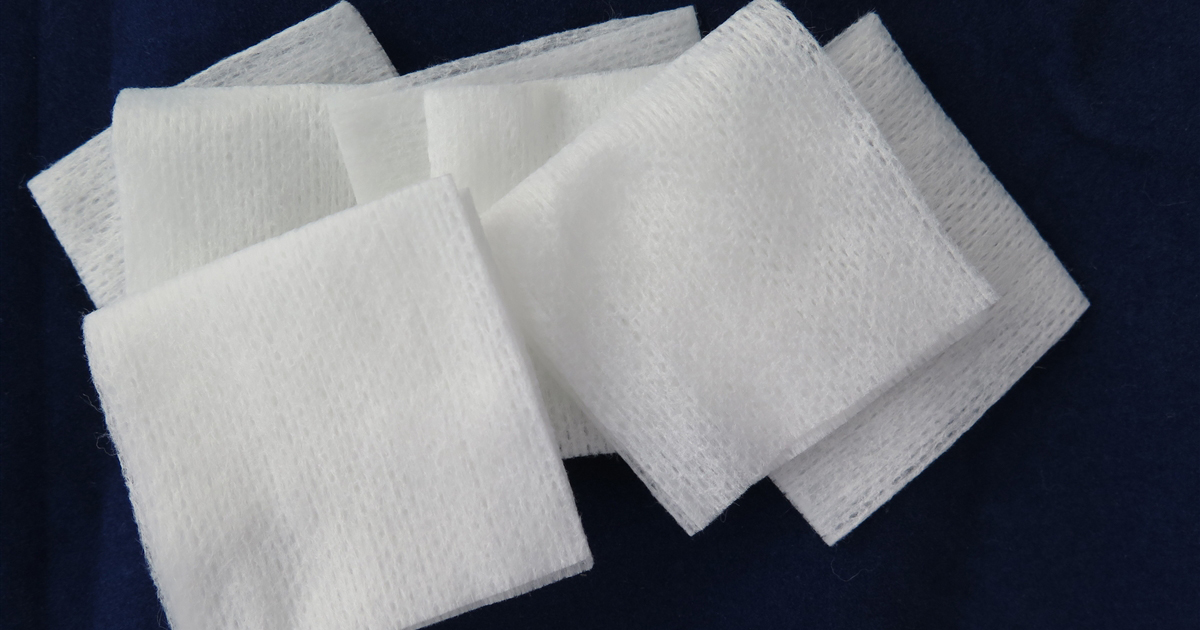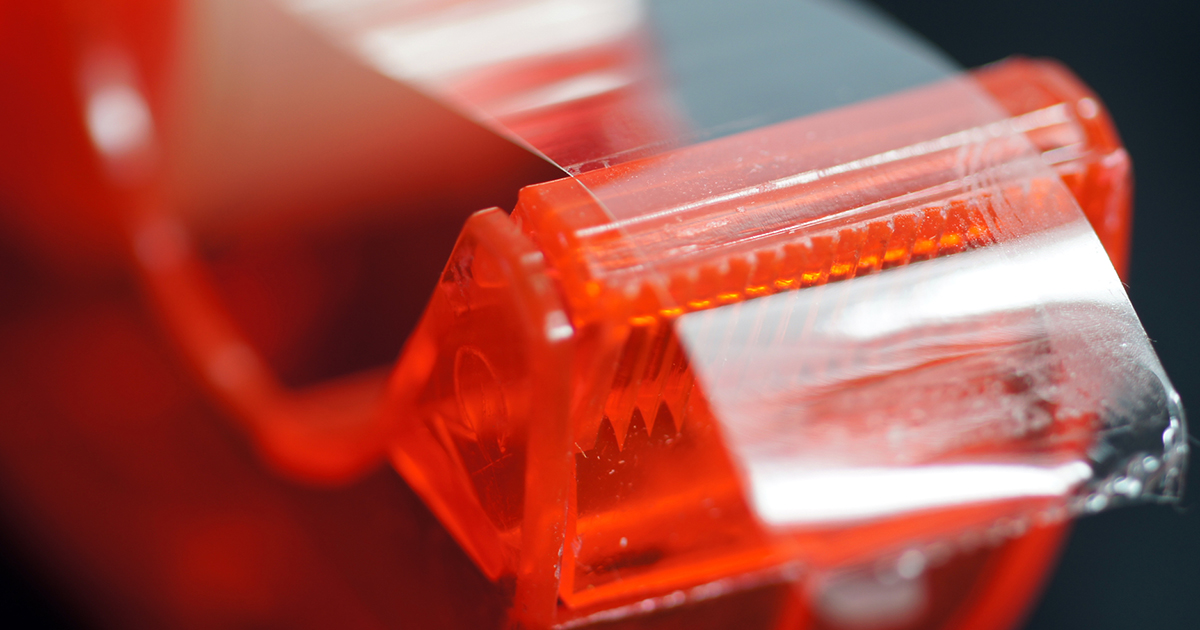Essential Items for A Home First Aid Kit
Home improvement project went awry? Child's daredevil stunt ended badly? Trip over a cat? It doesn't matter how they occurred. Injuries can happen at ay time, especially when you least expect them. Going to the hospital isn't always the best or most expedient option, and you still need to be able to treat them until you can get proper medical help. Although it is possible to buy first aid kits, it's better to make one yourself and keep it stocked as needed. We're here to tell you about a few simple items every home first aid kit should have.
Bandages In Varied Sizes

You can use bandages in varied sizes to staunch bleeding, provide support for a splint, or hold an ice pack for a bruise. Bandages can also make a makeshift tourniquet, but this is an option of last resort for heavily bleeding or severed limbs. Keep at least four different sizes of medical bandages in your first aid kit. Smaller rolls, like the 1-inch or 2-inch wide rolls, work best on smaller wounds or injuries to wrists or ankles. Larger 3-inch or 4-inch rolls work for wounds or injury to the torso, upper arms, forearms, thighs, and calves. Medical bandages come both with and without adhesive.
When you apply a bandage, it needs to be snug, but not so tight that it cuts off circulation. Wipe the wound clean and remove any debris before wrapping the bandage. Change the bandage every hour.
Continue reading to learn about the next essential item in any first aid kit.
Antiseptic Wipes

Antiseptic wipes are for disinfecting skin before putting on a dressing, bandage, or otherwise treating an injury. The good thing about these wipes is they are single-use and do not make a mess, so anyone can just pull one out of the box and use it. When picking out wipes, choose a box whose profile is flat enough to fit into the container of your first aid kit comfortably. Keep the flap of the box open so it doesn't get in the way.
The primary ingredient of these wipes is alcohol, so avoid using them if you are near sparks or an open flame. Instead, get yourself or the victim to safety first.
Continue reading to reveal the next crucial item for all first aid kits.
Gauze

You use gauze, which is typically made of a fabric designed to come away from the wound easily, to place directly over a wound and under outer dressing. Usually, medical gauze comes in squares of four inches diameter. For deep wounds, use a single piece. Do not use multiple pieces because there is the possibility of fibers coming away and getting lost in the wound. Change them out when the material becomes saturated if the injured person has not received medical treatment.
Continue reading to reveal tools crucial for first aid kits.
Tweezers And Scissors

Sterile tweezers and scissors play a vital role in first aid, as they help remove solid debris from a wound without using your fingers, which are likely riddled with harmful bacteria, and cut away material getting in the way of treatment. Place at least one pair of each in your first aid kit, particularly tweezers, to remove small objects like splinters, metal shards, or bee stingers.
When using these tools, be gentle in your approach. If you act too vigorously or quickly, you could break a splinter. If you're trying to remove a stinger, squeezing it with tweezers could cause more venom to flow into the wound.
Continue reading to learn about why tape should be in all first aid kits.
Tape

Medical and duct tape have multiple purposes. For example, they can hold a non-adhesive bandage in place. You can also use them to help immobilize a broken or sprained limb. In this case, place paper, dressing, or another surface between the tape and the skin, because otherwise, removing it will cause undue pain. Also, be aware some individuals may be allergic to the latex in duct tape.
Do not wrap tape too tightly around a wound, because you risk cutting off circulation, which can cause tissue death or even the loss of a limb. If you make a tourniquet and seal it with tape, note what time the tourniquet was applied and relax it after an hour.